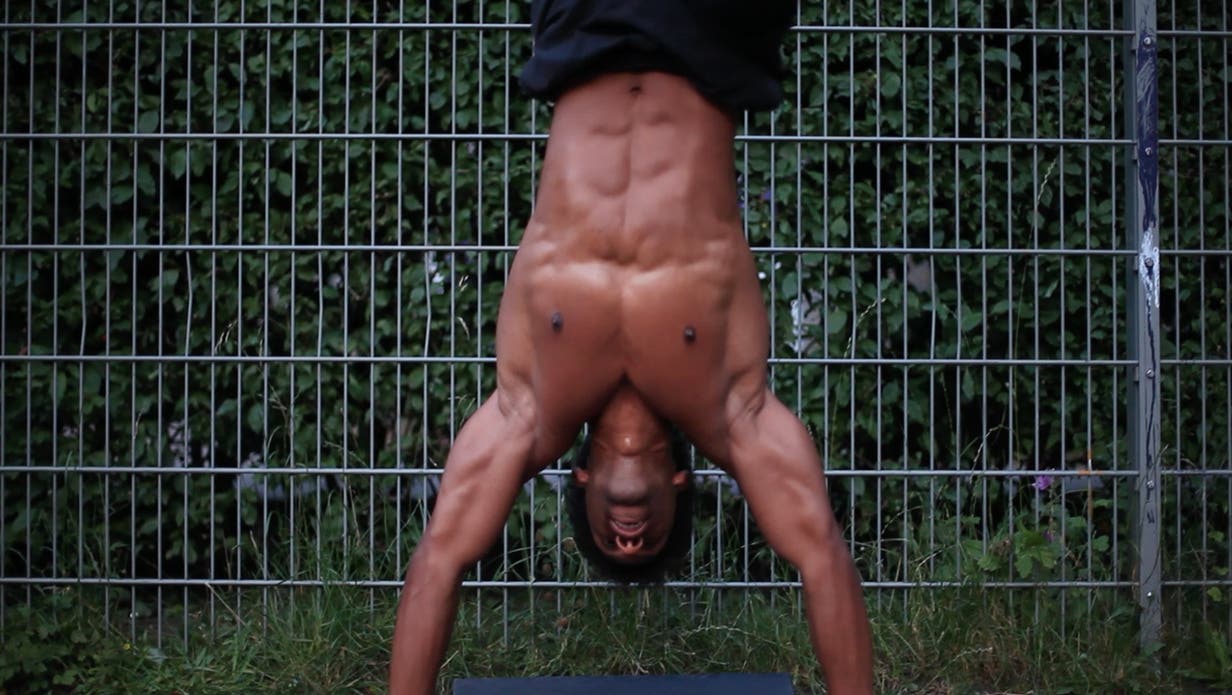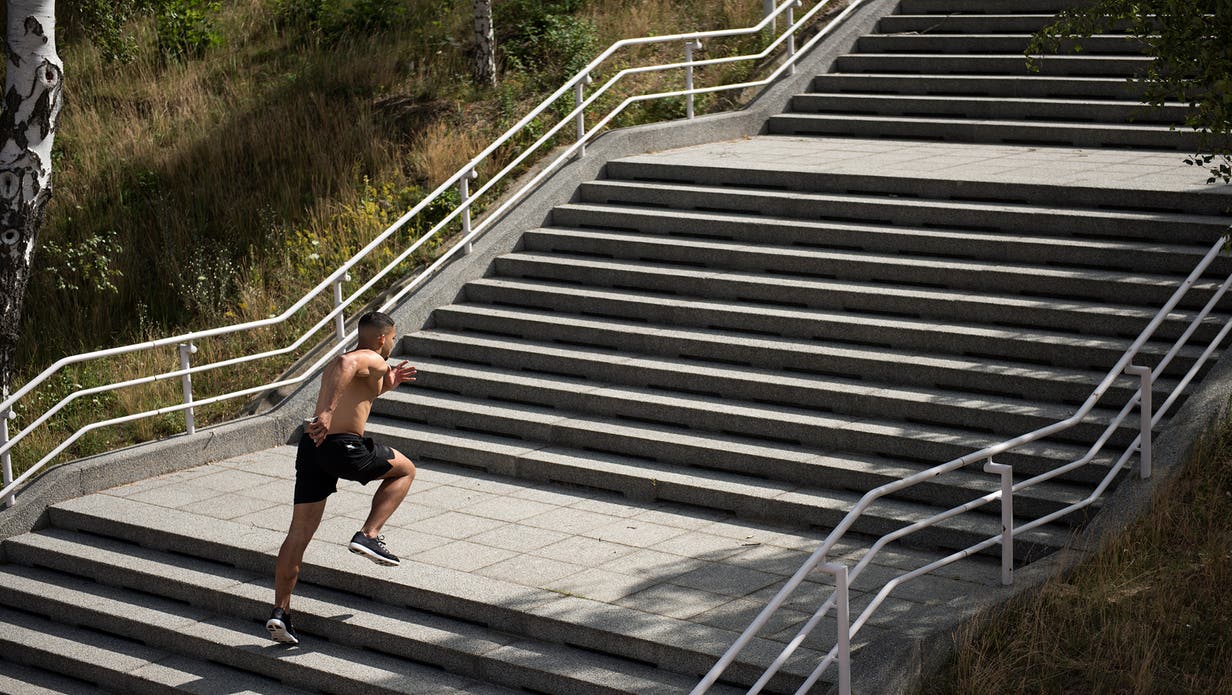**Most people’s definition of “strength” and “endurance” barely scrapes the surface. Strength is not just for bodybuilders, defined only by how many pullups or pushups you can do, and “endurance”, not solely a necessity for runners and related to how long you can run without stopping. When it comes to athletic performance, there’s far more to these disciplines. Here, we want to clarify the meaning of the two and why for maximum performance, it’s necessary to train both. __**In order to get a holistic understanding of strength and endurance, we must first discover the true meaning of these two terms.__

Strength - what’s behind it?
Given that the context of every individual has to be taken into account, putting strength into words is almost impossible. Therefore, we subdivide strength into the three main pillars:
- Maximum power
- Strength endurance
- High-speed power
Maximum power. Your maximum power represents the highest possible strength with which your muscles can still perform. This basically means your one repetition maximum (1RM) at any exercise. For instance, athletes like “strongman” need high maximum strength. For every athlete, the 1RM at any exercise can differ. For some a pushup or pullup might already be a 1RM – whereas for others, they can perform multiple repetitions in a row. So, the maximum strength always depends on an individual’s condition.
Strength endurance. Strength endurance is defined as “the resilience towards loads of more than 30% of your 1RM”. Training your strength endurance means that you perform multiple repetitions with 30% of your 1RM, so usually more than 25. What’s also important is that the stress period on your muscles lasts between 45 and 60 seconds (time under tension) when you perform more than 25 reps. Here, especially judo fighters and boxers have to train a lot in this specific area.
High-speed power. This type of strength implies the ability to move the body or any part of the body (legs, arms etc.) as well as any subject, as fast as possible, with maximum speed. High-speed power always “cooperates” with maximum strength. Sprinters, for example, have a lot of high-speed power as well as maximum strength.

Endurance - what’s behind it?
In general, endurance is defined as the ability to physically and mentally be able to resist fatigue under sports activity. But similar to “strength”, when defining “endurance” it must also be subdivided into three different parts. This time with regards to the time period your body is put under physical strain.
- Short-term endurance
- Mid-term endurance
- Long-term endurance
Short-term endurance. This usually comes into play in cases of physical strain that last 45 seconds to two minutes. Here, your body mostly uses the anaerobic energy release to be able to perform.
Mid-term endurance. Regarding the mid-term endurance, your body is provided with energy through the aerobic energy supply with physical strain lasting two to eight minutes.
Long-term endurance. The long-term endurance regards activities that last over eight minutes, requiring an aerobic energy supply. Due to the different demands on your metabolism, for example during a physical strain of 30 or 120 minutes, the long-term endurance could also be divided again. But for now, it’s good to keep it like this.
Keep in mind that with increasing time under physical strain, the intensity decreases. For example, when doing burpees or sprints you will not be able to sustain maximum speed for more than a couple of minutes. Whereas with lower intensity (lower heart rate) and moderate to slow pace, this is increased.
A compelling connection
What’s especially worth mentioning is that with the different speed approaches in the intervals of Freeletics Bodyweight, namely slow, moderate, fast and maximum, you always aim at a specific training method in a specific training cycle you’re currently in. It’s due to the crucial fact that only with the use of every method regarding training, will you be able to constantly put positive stress (eustress) on your body. With this purposeful change of methods and by varying strength and endurance training, your body cannot show any signs of adaption in order to constantly improve your fitness level and performance.
What’s remarkable here is that even weightlifters show better performance in competitions when they’ve also trained endurance, even though weightlifting is seen as a raw, maximum power sport.
Let’s recap
As you now know, it’s hard to find a definition, which explains the meaning of “strength” and “endurance” in just one sentence. What you definitely should keep in mind is that it’s important to constantly vary your training method and aim at training strength and endurance, with the goal of reaching maximum performance.